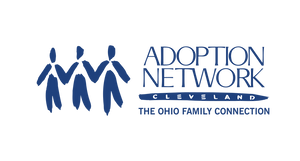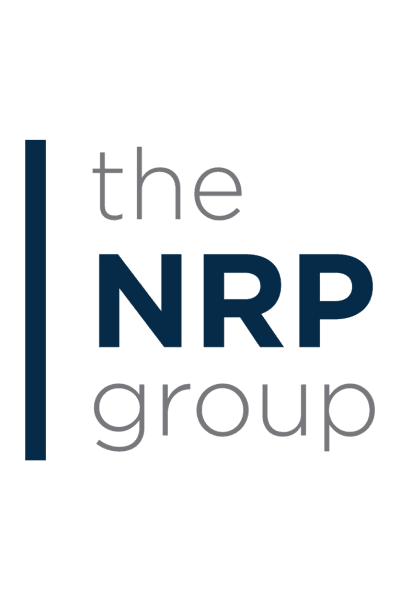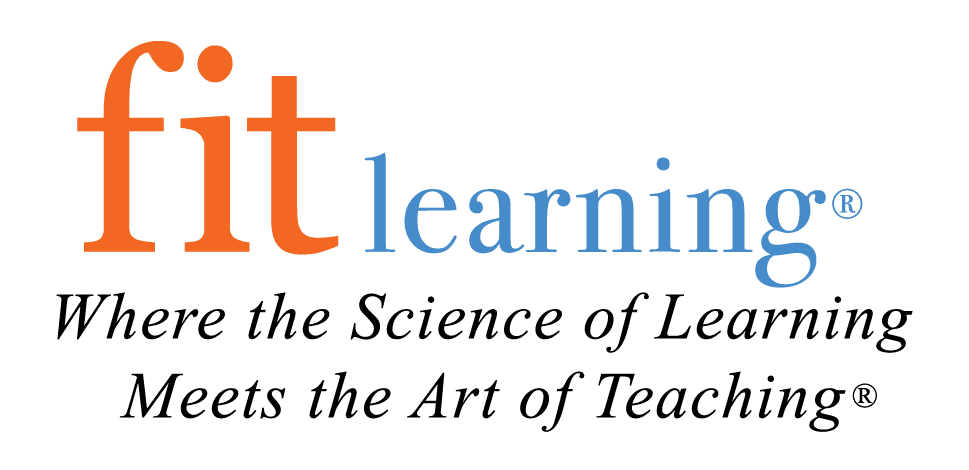We are a racially blended family formed from the blessing of adoption. My husband is Caucasian, I am Indian American, and our adoptive son is Caucasian. At three, when Krishna first began to note his own physical differences from mine as his mother, i.e. hair and skin color, we started our first conversations about adoption. His first words on the topic were, “I adopted you.” As his adoptive parents, considering the synchronicity of Krishna’s presence in our life, we had to agree that indeed, in so many deeply subtle ways, it was Krishna who adopted us rather than the reverse. Since then our family introductions to therapists and strangers have echoed these words.
The fact that I was born and raised in India was a concern even at the first meeting I had with our local children’s service staff when we applied to be certified as a foster-to-adopt family. I was worried that the laws would not permit me to parent a child in this country despite being a naturalized citizen. However, I was quite surprised and reassured to hear the director say that she did not think it would be a problem. Indeed, as we were approached by the agency for various placements, the critical need for forever families became clear to me. James and I felt encouraged that having a child in our lives would be a real possibility.
We went through a year-long training and vetting process with the agency. While we found many of the classes provided by the children’s service agency immensely useful and informative, there was nothing that quite prepared us for the challenges of transracial adoption, especially of a brown family adopting a white child.
The nuances of our not-so-common situation came to light only after we had received and accepted a placement of an infant with special needs into our home. As we connected with more adoptive families, I came to realize that there are many more white families that have adopted children of color or of Asian descent than families of color or of Asian descent that have adopted white children. Books and commentaries on social media or online also more often relate to experiences of the former.
Initially, when I would be out on my own with my infant son, at shopping malls or other public venues, I would notice that people treated me more like his caretaker rather than his mother. Often my response to people who question our physical differences, upon my husband’s suggestion, is this quip, “he gets his blue eyes from his grandma.” This simple response would often take them by surprise, sometimes bring a smile and deter any further questioning. If my husband were accompanying us, people would more readily accept that we were a mixed family. His 6’7” tall frame would certainly help as well. Despite the fact that we were not the first in my husband’s side to have created a family through adoption, many close family members struggled to accept the situation. Ironically, the brown side of the family has found it easier to accept our unique family make up.
More recently, our toddler son has found himself in a situation having to explain the differences in our family to his friends at school. He seems to have to answer the question more so than I do, as to why his mother does not look like him, whether it is the blue eyes versus the brown eyes or the blond hair versus the brunette.
My interest in sharing our family story through this article is to encourage and offer support to other couples like us that may be considering adoption. While my husband and I still feel like we are new to this experience ourselves, we hope that just by reading our story, we may be able to inspire others to walk this journey as well. Our child also experienced major physical trauma at birth that led to a developmental disability. As we walk this path, I have come to realize that living in a metropolitan area like Cleveland has been a big blessing. If we were asked to offer a single piece of advice to future transracial parents like us, it would be to live close to or in a metropolis where you will find more acceptance of racial differences.
We got involved with Adoption Network Cleveland’s Weaving Cultures Transracial Adoptive Family Group after being members for nearly two years. The biggest benefit in our minds has been the opportunity to expose our son to other families that look like us, where he does not need to explain our racial differences. The world has become a very small place today. As a parent of color, I am glad that our son will grow up cultivating an empathy not only for racial and physical differences, but differences of all kinds.
Race Does Matter
by Lori McCarthy
In May of 2007, my husband and I sat our three sons down. They were nine, 13 and 15 years old. They had all been adopted as infants. They were all Caucasian. My husband and I are Caucasian. We asked the boys, “What have you always been asking for?” One boy said, “A puppy.” One boy said, “A PlayStation.” One boy said, “A sister.” We said, “Well, it looks like you will be getting a sister.” They were all so excited, and we went on to tell them, “Well, she may not look like us. She will be African American.” They were still very excited and one of the boys said, “We don’t care if she’s purple.”
Two months later, our beautiful daughter was born. She was not purple. She was greatly loved by her big brothers. She was embraced by our family, neighbors, and church community. We congratulated ourselves because, after all, “race doesn’t matter.”
The first micro-aggression we experienced was a statement by a little friend of our nine year old. He looked at our beautiful baby girl and told us, “She doesn’t even look black.” Gee … guess that was the ultimate compliment in his eyes. She made it to 16 months of age before we heard the “n” word, uttered by an elderly resident of the nursing home where my dad lived. I pretended not to notice.
Ignorance is bliss. My husband and I plugged along parenting our little princess with the thought that race will matter at some time, but not sure quite when. Her (biological) newborn sister joined our family in 2012. At least there was someone else in the family who she resembled. In 2013, daughter number one and I attended a camp for families that have adopted transracially. WOW, I finally started to get it. The keynote speaker that summer was incredible. I realized that we need to be more proactive as a family; that YES, race DOES matter.
Our two girls are very similar in some ways; very different in other ways (like any other sisters). After spending four years learning how to do the hair of daughter number one, along came daughter number two with completely different (and more challenging) hair. Daughter number one is very tall and very strong. Daughter number two is NOT very tall and is very strong willed. Are those differences because of adoption? Because of race? Because of their birth order? Because we are over 50 years old and parenting these young girls? Who knows?
A few years ago, we were invited to attend the family reunion of the birthfather of daughter number one. It was a chance for my husband and me to experience being the minority. It was a chance for our daughter to be surrounded by people she has a blood connection to. She was in heaven. As an adoptee myself, I could only imagine how special that feeling could have been. I did not find my birth families until adulthood.
In Adoption Network Cleveland’s Weaving Cultures Transracial Adoptive Family Group, it has been energizing to spend time with other families that are dealing with these issues. It is so helpful to be able to exchange ideas with other parents. We love having a place for our girls to see other children of color who have parents who look different from them. And, it’s a place to just have fun. We enjoy the bowling, and the skating and the hiking and the picnics. Because, after all, we are just families.












